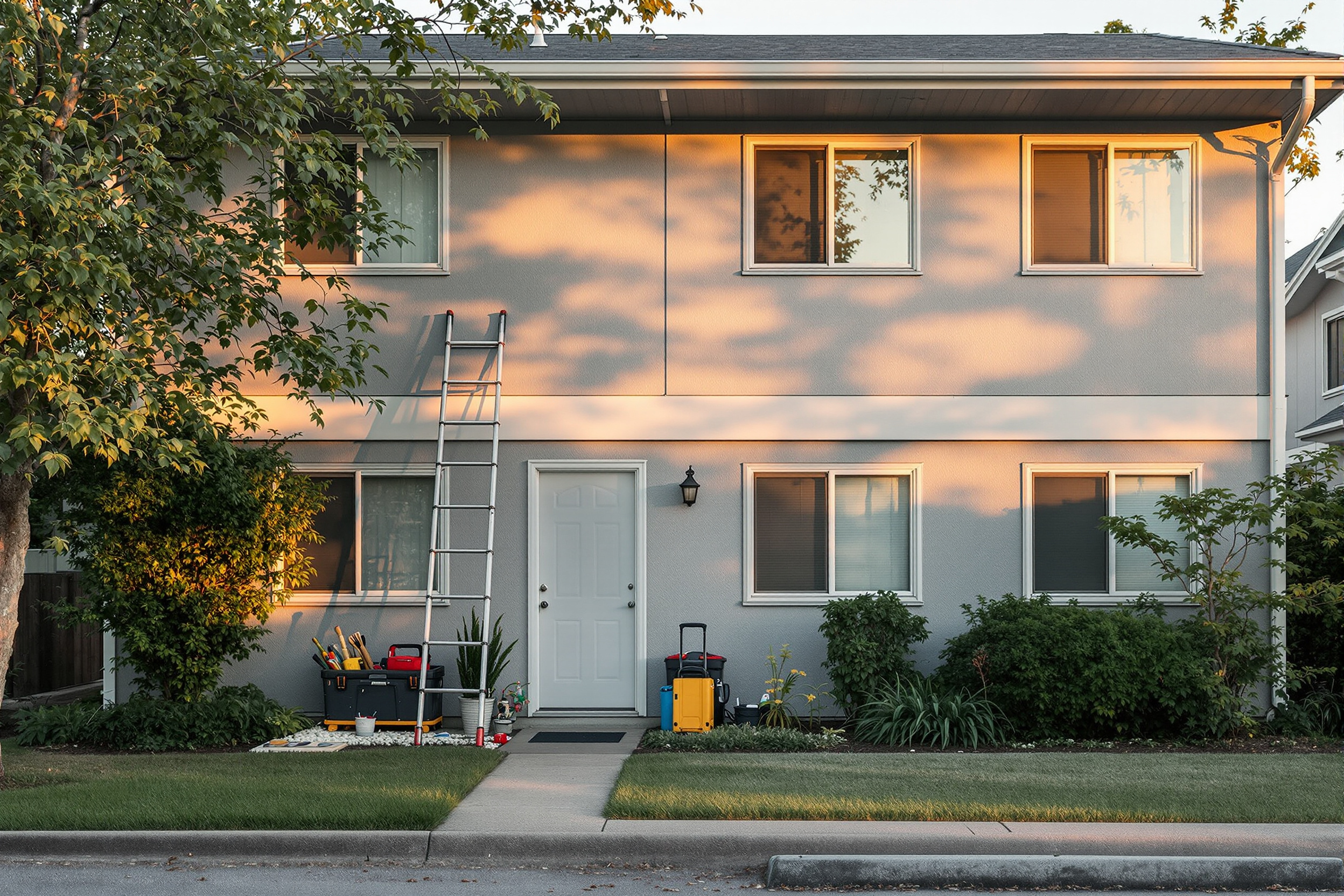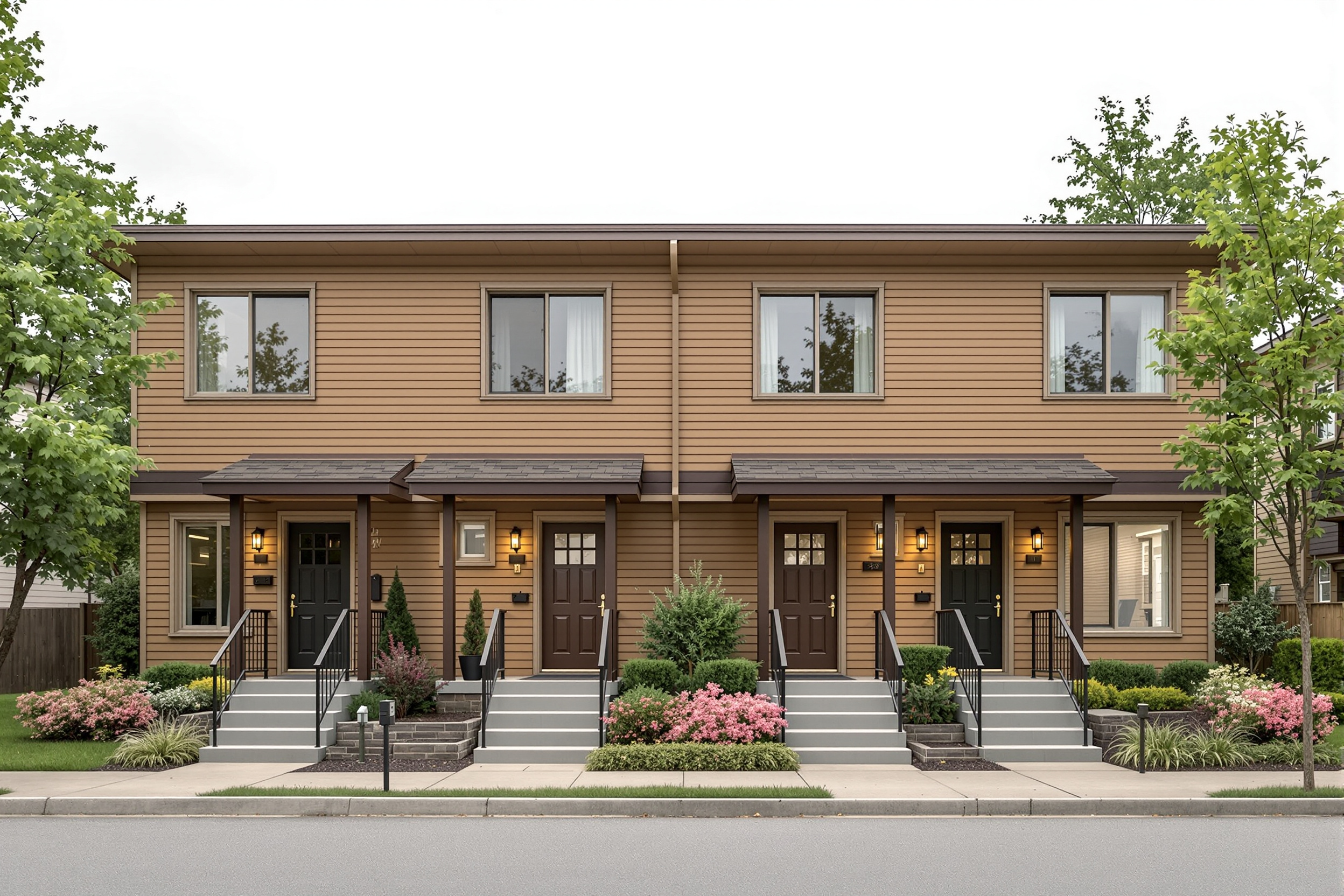Prorated rent is the partial rent a tenant pays when moving in or out of a property mid-month. It ensures landlords are fairly compensated while tenants only pay for the days they actually occupy the unit. Understanding how to calculate prorated rent helps avoid disputes and keeps the rental process transparent.
What is Prorated Rent?
Prorated rent is the adjusted amount of rent a tenant pays when moving in or out of a property on a date that doesn’t align with the lease cycle. Instead of paying for a full month, the rent is calculated based on the number of days the tenant actually occupies the unit.
This approach ensures landlords receive fair compensation while tenants pay only for the time they live in the property, similar to strategies on how to raise rent without losing tenants.
How Does It Work?
Prorated rent works by dividing the monthly rent into a daily rate and charging the tenant only for the days they occupy the property. This ensures both landlord and tenant are treated fairly when the lease doesn’t start or end on the first or last day of the month.
Example:
If the monthly rent is $1,500 and the tenant moves in on the 10th of a 30-day month, you calculate the daily rent as $1,500 ÷ 30 = $50 per day.
Since the tenant is living there for 21 days, the prorated rent would be 21 × $50 = $1,050.
How to Calculate Prorated Rent?
Calculating prorated rent is simple once you know the monthly rent and the number of days in the lease month. The goal is to break the monthly rent into a daily rate, then multiply by the number of days the tenant occupies the unit.
Step 1: Find the daily rent.
Monthly Rent ÷ Number of Days in the Month = Daily Rent
Step 2: Multiply by days occupied.
Daily Rent × Number of Days Tenant Occupies = Prorated Rent
Example:
If monthly rent is $1,800 and the tenant moves in on the 20th of a 30-day month, the calculation is:
$1,800 ÷ 30 = $60 per day
$60 × 11 days = $660 prorated rent
Why Do Landlords Prorate Rent?
Landlords prorate rent to ensure fairness and accuracy when tenants move in or out mid-month. Without prorating, tenants would either overpay for time they don’t occupy the property or landlords would lose out on rent for days the unit is occupied.
Prorating also:
✔ Maintains good landlord–tenant relationships by showing transparency.
✔ Helps landlords maximize rental income without leaving days unpaid.
✔ Creates a smoother process during lease transitions, especially in competitive rental markets.
Different Ways to Calculate Prorated Rent
There are a few common ways to calculate prorated rent, and the best method depends on your lease agreement and local laws.
There are several accepted ways to calculate prorated rent, and the best method often depends on your lease agreement, your property management practices, and any local regulations. Here are the most common approaches:
1. Actual Days in the Month
With this method, the monthly rent is divided by the exact number of days in that specific month—whether it has 28, 30, or 31 days. This provides a fair daily rate that reflects the true length of the month.
For example, if the rent is $1,500 and the month has 30 days, the calculation would be $1,500 ÷ 30 = $50 per day.
2. Banker's Month (30-Day Method)
In this approach, the monthly rent is always divided by 30 days, regardless of how many days are in the actual month. This method is popular because it simplifies the math and creates consistency across all prorated rent calculations.
For instance, if the rent is $1,500, the calculation would be $1,500 ÷ 30 = $50 per day every time.
3. Annual Rent ÷ 365 Method
This method calculates a daily rate by dividing the total yearly rent by 365 days (or 366 in a leap year). It is considered the most precise approach because it accounts for the entire year rather than just the month.
For example, if the annual rent is $18,000, the calculation would be $18,000 ÷ 365 ≈ $49.32 per day.
Which Method Is Best?
Most landlords prefer using either the actual days in the month or the 30-day method, as both are simple, transparent, and widely accepted by tenants. The annual ÷ 365 method is technically the most accurate, but it is less common and can feel overly complicated in day-to-day rental management. Ultimately, the best method is the one you apply consistently and clearly outline in your lease agreement.
Is Prorating Rent Legal?
Yes, prorating rent is legal, and in fact, it is a common and widely accepted practice across the U.S. and many other countries. Prorated rent ensures fairness by charging tenants only for the days they actually occupy the property rather than billing them for an entire month.
In most states, there are no laws that require landlords to prorate rent, but many do so as part of good property management and to maintain positive tenant relationships. Some states or local jurisdictions may have specific guidelines on how prorating should be calculated, so it’s always best to check local landlord–tenant laws.
Ultimately, prorating rent benefits both parties: it helps landlords maximize occupancy while giving tenants confidence that they’re paying a fair amount.
Protect Your Rental Profits with the Right Insurance
Understanding what prorated rent is and how to calculate it helps you keep income fair and consistent. But rent adjustments alone won’t fully safeguard your investment. With Obie’s landlord insurance, you get protection against property damage, tenant issues, and lost rental income—ensuring your profits stay secure. Don’t leave your hard-earned returns vulnerable to unexpected setbacks.
Get a free, instant quote from Obie today and protect your rental business with confidence.
FAQs
How do you calculate prorated rent?
To calculate prorated rent, first find the daily rent rate by dividing the total monthly rent by the number of days in that month. Then, multiply the daily rate by the number of days the tenant will occupy the property during that period.
What are the different methods for calculating prorated rent?
The most common methods are:
1) dividing by the actual number of days in the month
2) using a standard 'Banker's Month' of 30 days, or
3) dividing the total annual rent by 365 to get a precise daily rate.
Why do landlords use prorated rent?
Landlords prorate rent to be fair and transparent with tenants moving in or out mid-month. It helps maintain good tenant relationships, maximizes rental income by avoiding unpaid days, and simplifies lease transitions.
Are landlords legally required to prorate rent?
In most states, landlords are not legally required to prorate rent, but it is a widely accepted and common practice. It's always recommended to check local landlord-tenant laws for any specific rules.







